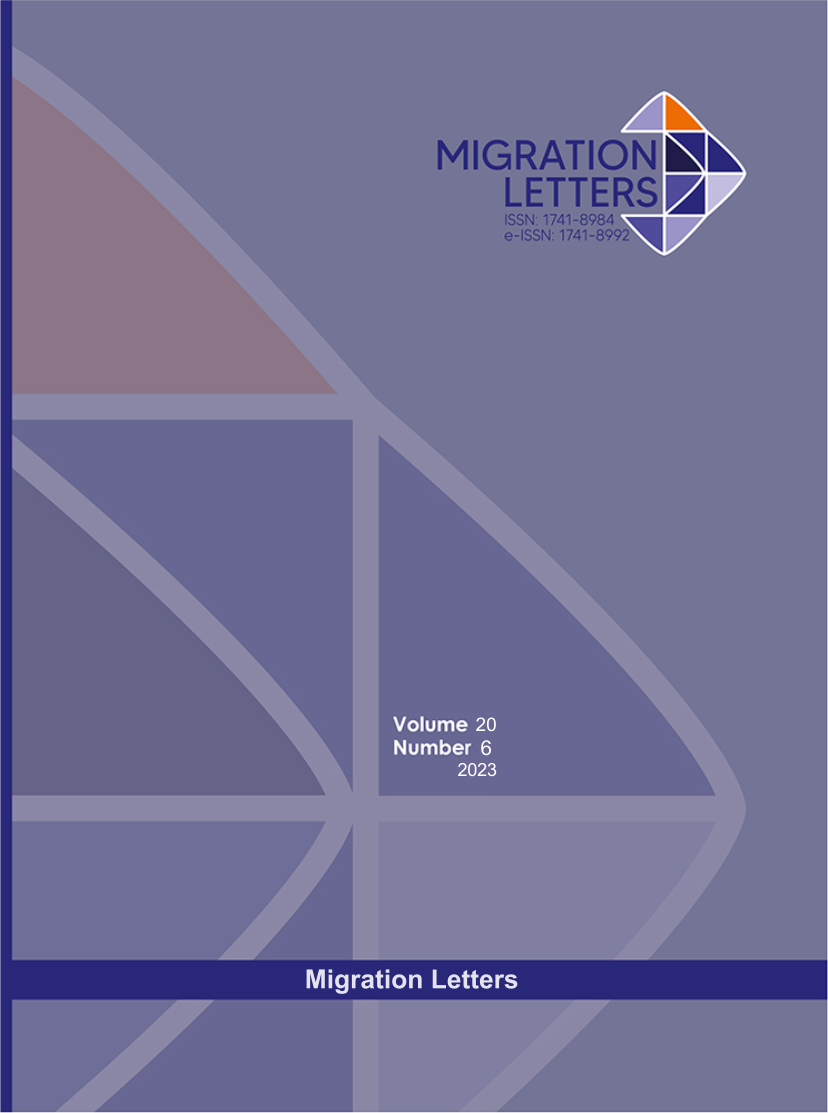The Creative Bali Tourist Destination Recovery Strategy After COVID-19 Pandemic
DOI:
https://doi.org/10.59670/ml.v20i6.3473Abstract
Purpose: This study aims to examine how the recovery of the tourism sector can be achieved as a more realistic and more competitive step for Bali which has a limited agricultural land area, a dense population, and a culture of people who were used to working in the tourism sector.
Theoretical framework: The marketing mix in tourism marketing initially started by making a tourism market analysis. This analysis includes an analysis of tourist perceptions and preferences. In general, prospective tourists want a particular tourism product. Sociodemographic and psychographic factors have a large role in choosing tourism products and destinations. Starting from this data is how marketing should be done
Design/methodology/approach: The design of this research is an exploration of strategies to restore Bali's tourism sector was prepared using descriptive comparative and confirmatory research studies. The research instrument was taken from government reports related to health protocols for the tourism sector and then compared with reality in Bali Tourism Destinations.
Findings: The results are the potential for the Domestic Tourist market was very large because there are 25 million people who will spend their money to shop for tourism. The impact of tourism activities by the 25 million people will be able to drive the economy of the destination community if the destination community is also involved in the tourism service business so that the pattern of managing the tourism business with the Domestic Tourist market segment can involve MSMEs with local products, local culinary, local souvenirs, local accommodation, etc.
Research, Practical & Social implications: This research suggests that the local government should set a roadmap for Bali destinations that are considered to have the potential to be developed into domestic or other similar thematic destinations, to create and map the uniqueness of each so that the region can provide a variety of offers for domestic tourists. It was recommended that local governments develop domestic thematic tourist centers based on an expanded marketing mix concept with attention to the elements of attraction, access, amenities, ancillaries, and human resources as agents of change, and Adaptation to a new post-pandemic era.
Originality/value: The value of the study is finding a solution that the target market for domestic tourists has more potential, especially during a pandemic and when compared to the target for foreign tourists, this requires further research on the advantages and disadvantages of these two target markets.
Metrics
Downloads
Published
How to Cite
Issue
Section
License

This work is licensed under a Creative Commons Attribution-NonCommercial-NoDerivatives 4.0 International License.
CC Attribution-NonCommercial-NoDerivatives 4.0






